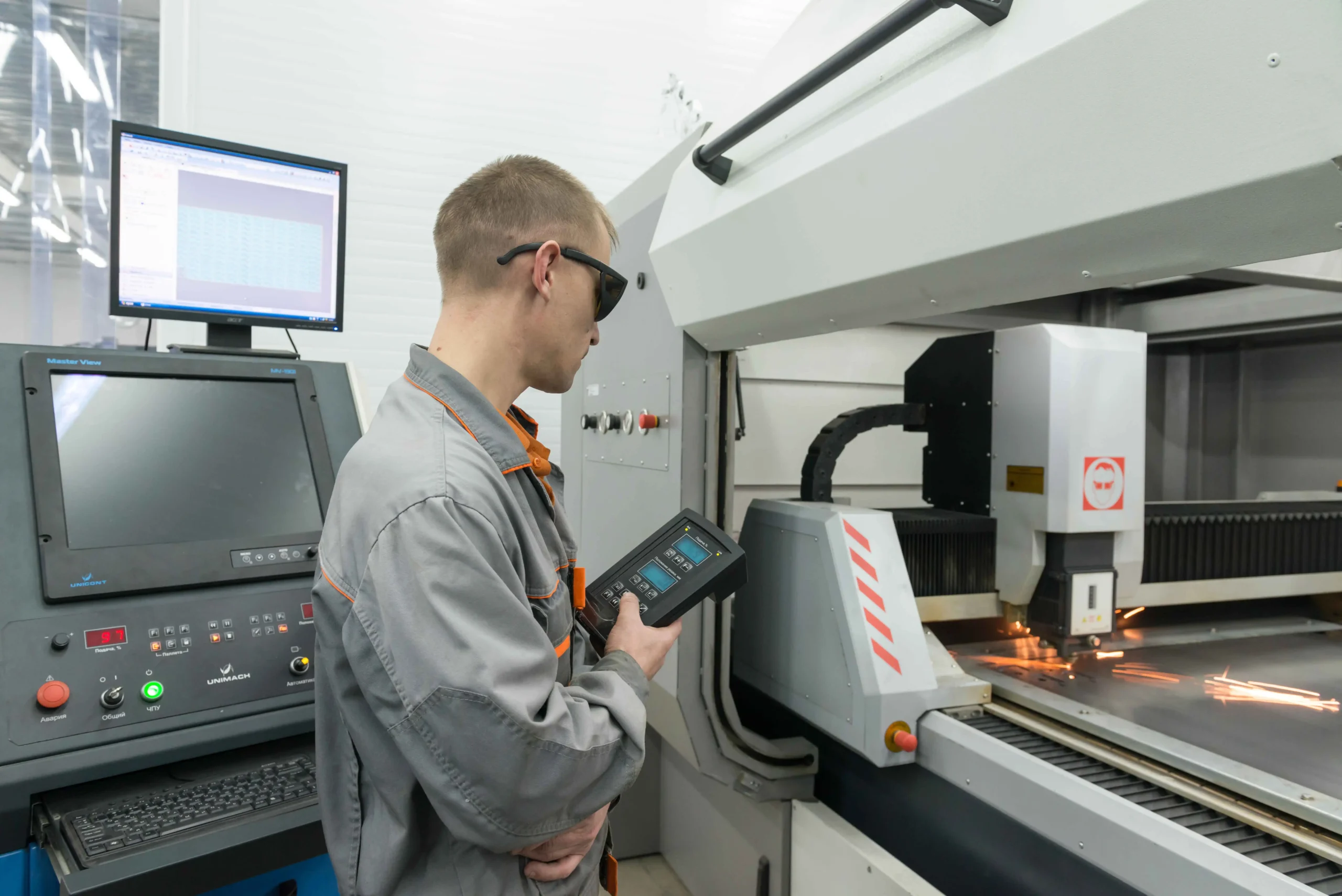Understanding Key Manufacturing Phases: CNC & Manual Machining, Jigs & Fixtures, Prototyping & Production Runs
by
anikole
November 4, 2024

CNC & Manual Machining: The Backbone of Manufacturing
Machining is essential for transforming raw materials into precisely shaped components. Two primary techniques—CNC (Computer Numerical Control) machining and manual machining—are central to this process.
CNC Machining has transformed manufacturing with automation, precision, and repeatability. A CNC machine operates using a programmed computer, creating parts with high accuracy by following predefined digital commands. This technology is ideal for large-scale production, offering:
- Enhanced Precision: CNC machines deliver consistent, tight tolerances across multiple units.
- Complex Geometries: They enable manufacturers to create intricate designs that would be challenging with manual methods.
- Efficiency & Cost Savings: CNC systems reduce labor costs and boost productivity by automating repetitive tasks.
On the other hand, Manual Machining relies on the skill of machinists to operate machines directly, often used for small runs or custom parts. Manual machining offers:
- Flexibility: Adjustments are easy to make, making it perfect for unique, low-volume projects.
- Lower Initial Investment: Ideal for smaller workshops, manual machines have a lower setup cost than CNC machines.
- Skill Development: Machinists rely on craftsmanship and experience, which plays a key role in achieving quality outcomes.
In a balanced production environment, CNC machining serves high-volume production needs, while manual machining is often preferred for specialized, custom work.
Jigs & Fixtures: Supporting Precision and Efficiency
Jigs and fixtures are critical tools in machining that ensure accuracy and stability during production. Though they are often used interchangeably, they have distinct functions:
Jigs guide the movement of cutting tools, positioning them accurately to achieve consistent results. They are ideal for tasks like drilling and reaming, offering:
- Enhanced Precision: Jigs guide tools to the exact position, reducing errors.
- Speed & Efficiency: Pre-set paths make it easier for operators to work quickly and repetitively.
Fixtures secure workpieces in place, providing stability during machining operations like milling and grinding. Unlike jigs, fixtures remain stationary during the operation, making them essential for:
- Consistent Positioning: Fixtures ensure each part is held in the same orientation, maintaining uniformity across all parts.
- Stability: By preventing movement, fixtures reduce defects and increase product reliability.
Together, jigs and fixtures support the quality and efficiency of the machining process by ensuring each operation is performed with consistency and accuracy.
Prototyping & Production Runs: From Concept to Market
After machining and assembly, prototyping and production runs bring a product from concept to market. Each of these stages serves a specific purpose in product development:
- Prototyping is about creating an initial model of the product, allowing designers to test functionality, make adjustments, and validate the design. Prototypes range from low-fidelity mock-ups to high-fidelity functional models, each providing:
- Early Design Validation: Detects flaws and areas for improvement before full-scale production.
- User Feedback Collection: Enables designers to refine products based on real user input.
- Reduced Development Risks: Engineers can troubleshoot issues early, minimizing costly errors.
Once the prototype has been refined, production runs begin. This stage involves manufacturing the final product at scale, categorized by batch size:
- Small-Batch Runs: Used for limited releases or market testing, allowing companies to gauge demand and make adjustments if needed.
- Mass Production Runs: For products with high demand, mass production offers economies of scale, optimizing cost efficiency.
Prototyping and production runs work hand-in-hand, ensuring products are functional, user-friendly, and ready for the market.
How These Elements Work Together in Manufacturing
Understanding the roles of CNC & manual machining, jigs & fixtures, and prototyping & production runs provides a clearer picture of the full manufacturing cycle:
- Machining creates the individual parts or components through precise shaping.
- Jigs and Fixtures support the machining process by guiding tools and holding workpieces securely, enhancing accuracy and efficiency.
- Prototyping tests and refines the design to ensure the product meets expectations.
- Production Runs bring the product to market, enabling companies to produce at scale, maintain quality, and optimize costs.
Each phase builds on the one before it, forming a cohesive approach that maximizes efficiency and quality in manufacturing.
Conclusion
CNC & manual machining, jigs & fixtures, and prototyping & production runs are each integral to manufacturing success. CNC machining offers automated precision, while manual machining brings flexibility; jigs and fixtures provide the stability and accuracy needed for consistent production; and prototyping and production runs enable companies to refine and scale their products effectively. Together, these stages ensure that products are high-quality, cost-effective, and market-ready. Understanding each phase is essential for anyone looking to navigate or innovate in today’s dynamic manufacturing landscape.